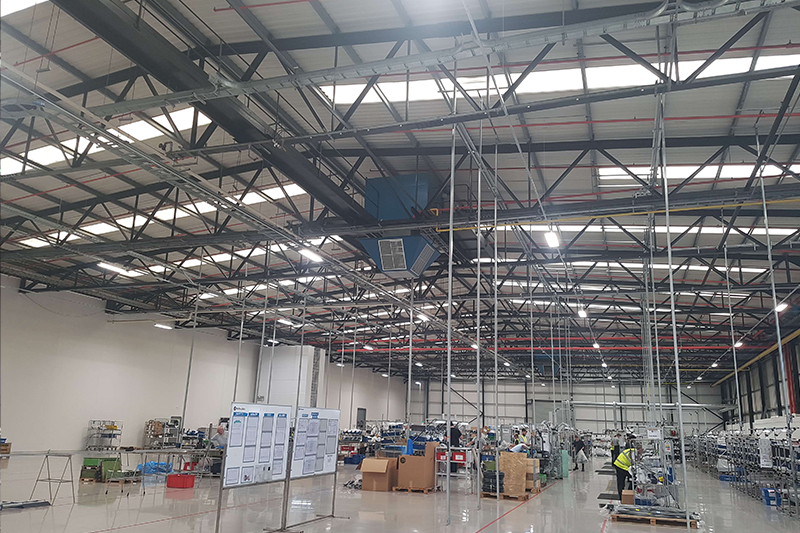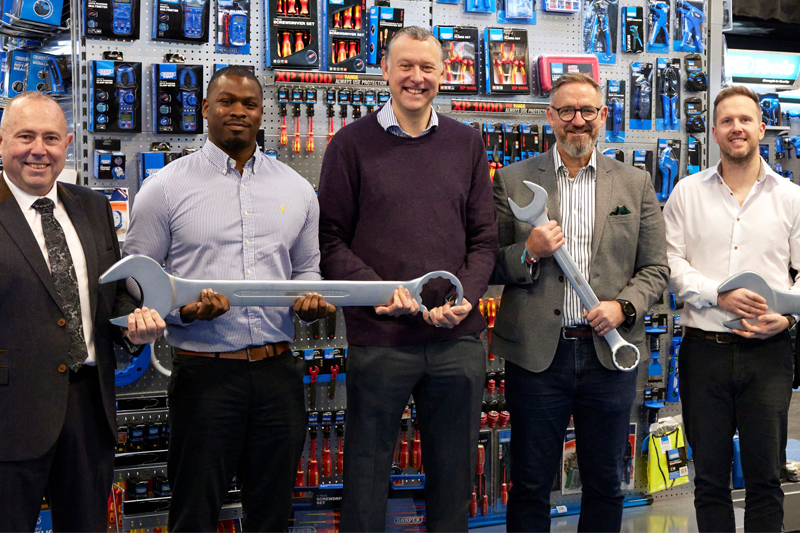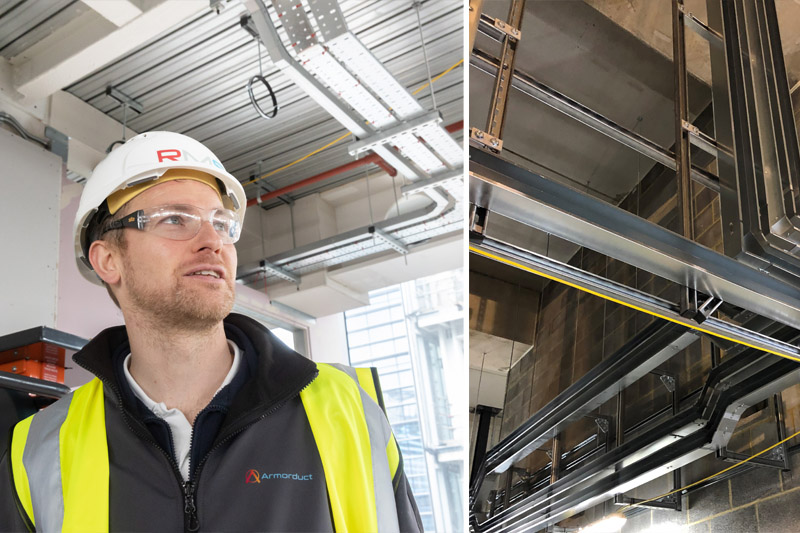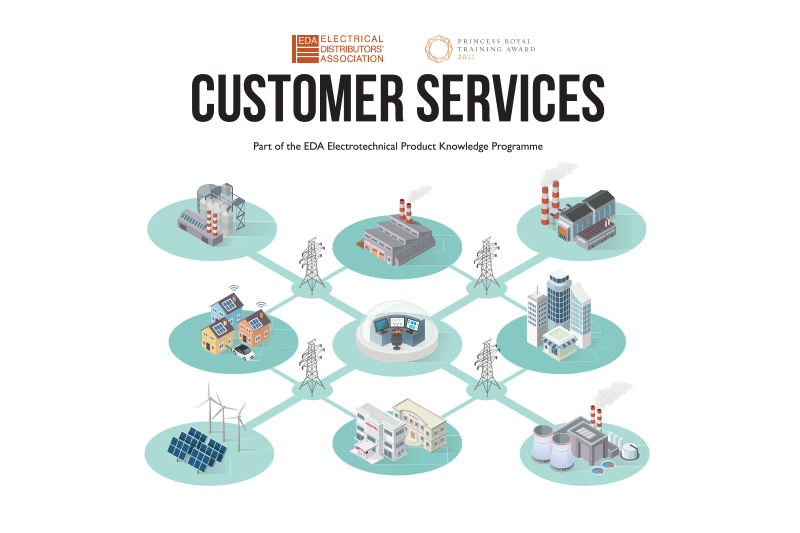High street retailers have seen footfall decrease over recent years as online sales become the more popular and convenient way to shop.
E-commerce is growing rapidly across the world and is changing the way people shop – as consumers and as businesses, meaning warehousing and logistics has become critical for all manufacturers and retailers to get right.
In order to achieve this, technology is being used to tackle core challenges so that suppliers can satisfy demand and ensure their business is working efficiently. A recent global study found that 80% of companies were intending to invest in new warehouse technology as part of their strategy to become more competitive, with 60% of those reporting challenges due to inadequate labour efficiency and productivity.
Life-cycle costs
It is the responsibility of companies like EcolightingUK to inform facilities managers and warehouse managers about their options, and provide a solution that is best for them. Ecolighting needs to ensure that businesses think about the life-cycle costs of their lighting technology in the same way as they do with their materials handling equipment (MHE).
It is estimated that MHE accounts for around 25% of a warehouse’s annual energy expenditure, while the cost of lighting the building with old fashioned or inappropriate lighting technology will make up 70% of the bill.
This is why lighting is one of the most important investments a business can make.
When upgrading the lighting technology within a distribution centre or other industrial building, too many facilities managers fail to consider the whole life and install costs of the luminaires they are specifying and instead opt for the cheapest product available.
By doing so, they could be costing their companies thousands of pounds in higher energy bills and significant ongoing maintenance costs, not to mention the often overlooked return on investment period.
By making that very common mistake and choosing substandard fittings, they may think they are saving money on energy, but then those savings are spent on maintaining and replacing the luminaires.
High demand
Retailers have many issues when it comes to warehouse optimisation and are prioritising speed. Customers want their orders as soon as possible, so in response 82% of retailers are looking to implement regional or last mile fulfilment centres which are closer to their customers.
This means a larger number, of potentially much busier warehouses to manage.
This is why when it comes to creating a lighting scheme for a large and busy warehouse, introducing luminaires with a slightly higher wattage but a clever optical design will mean that fewer fittings are needed to provide a better quality of light.
This also means that fewer fittings will reduce energy consumption, product costs, install costs and maintenance costs.
Eco benefits
Lighting accounts for nearly 6% of global CO2 emissions, so a global switch to LED technology could save over 1,400 million tons of CO2 and avoid the construction of 1,250 power stations.
Further information on energy saving LED lighting schemes is available from Ecolighting, visit: www.ecolightinguk.com





